There are two common causes of protruding ears (protrusion of ear auricles). If there is an excessive height of a conchal bowl, it is pulled backward the scalp or the strip of the ear cartilage is removed during the surgery. If there is a hypoplasia of the antihelix (a curved prominence of the cartilage), it is formed by means of ear cartilage frame.
Indications for otoplasty
- Protruding ears.
- Ear auricle asymmetry.
- Unsatisfactory shape of ears.
- Congenital deformities of ear auricles.
Otoplasty is performed for patients who have reached the age of 6 years. Until that time, there is an active formation of the skeletal system of the ears.
General contraindications: cancer, cardiovascular and acute infectious diseases, chronic hypertensive disease, thyroid disorders, diabetes mellitus, blood-clotting disorder.
How is the surgery performed in “Certus” clinic?
Pre-surgery examination: 1 hour.
Duration of the surgery: 1-2 hours. The surgery can take place on an outpatient basis (the patient goes home after the surgery) or in a clinical setting (1 day).
Anaesthesis: general anesthesia or local anesthesia with sedating medications.
Incision options: behind the ear auricles. At the end of the surgery, the incisions are sutured with thin cosmetic stitches. The scars after the surgery are imperceptible to others.
*Recovery period. Swellings, bruises (subcutaneous hemorrhages) and other side effects disappear by the end of 2-3 weeks after the surgery. During the first 7 days, the patient wears a special retentive bandage. The sutures are removed in 7 days.
*Side effects: temporary bruises, swellings, sensation of pain, sensory decrement.
*Risks: infectious complications, visible scars, ear asymmetry, recurrence.
*Result: permanent.
*The effect, result, risks, and recovery period depend on the individual peculiarities of the human body.

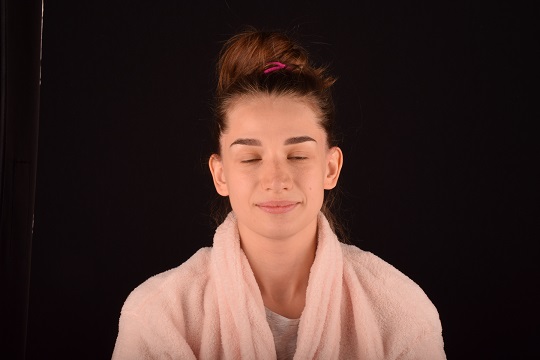
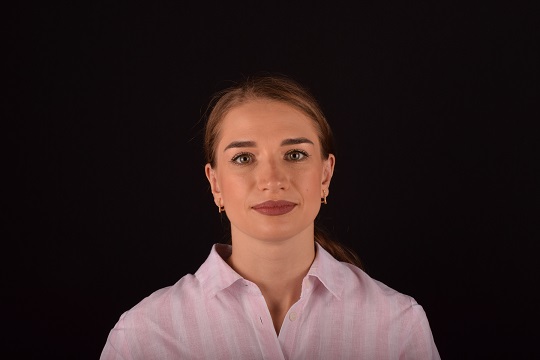
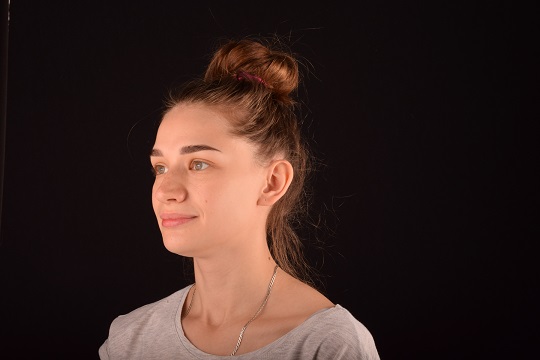
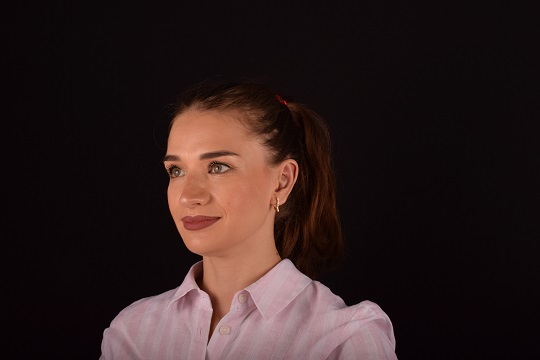
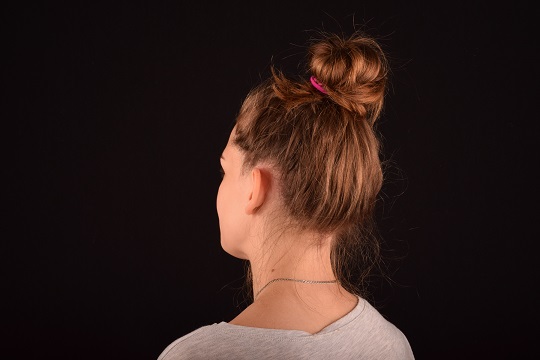
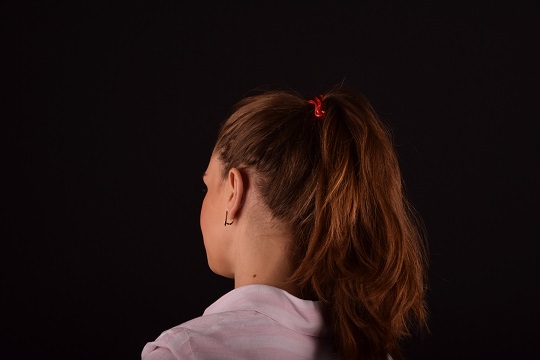
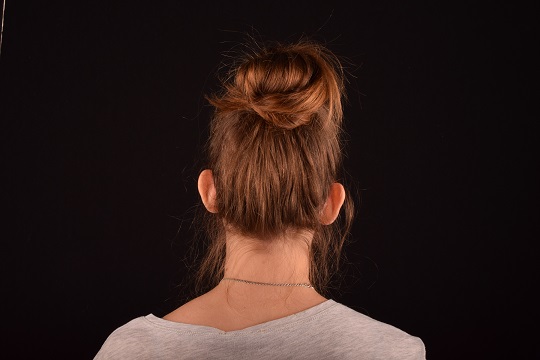
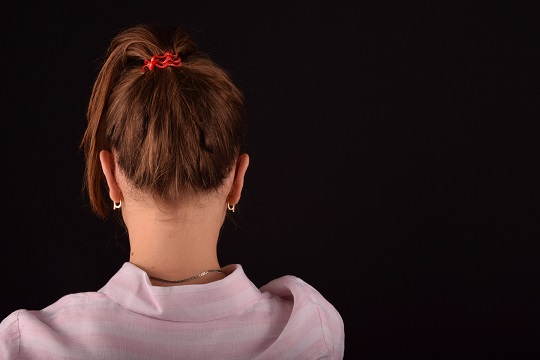


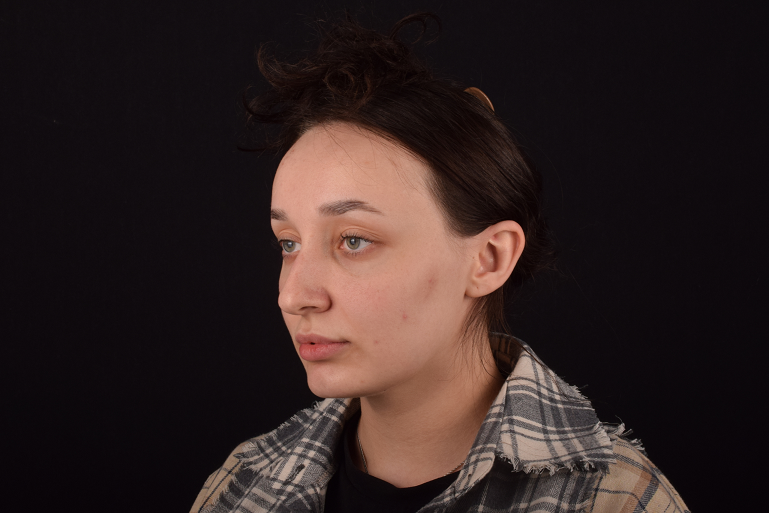
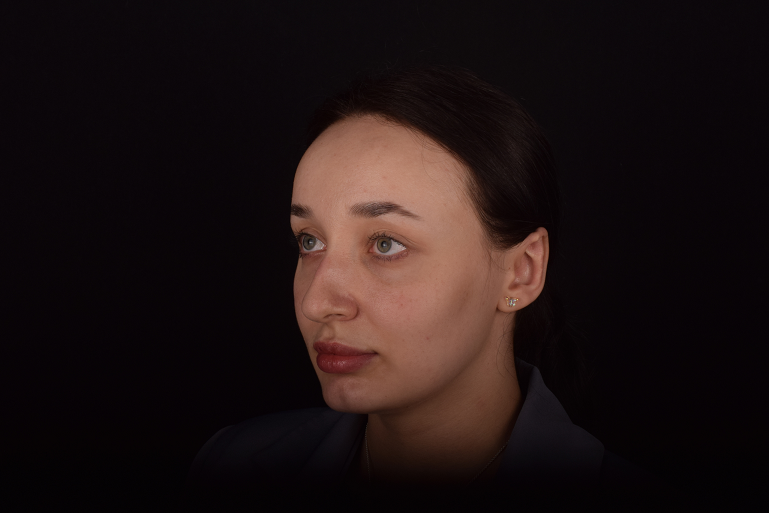
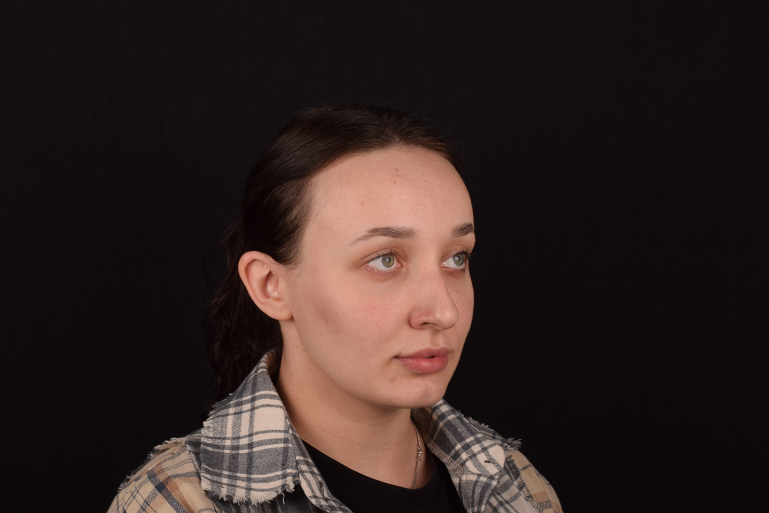

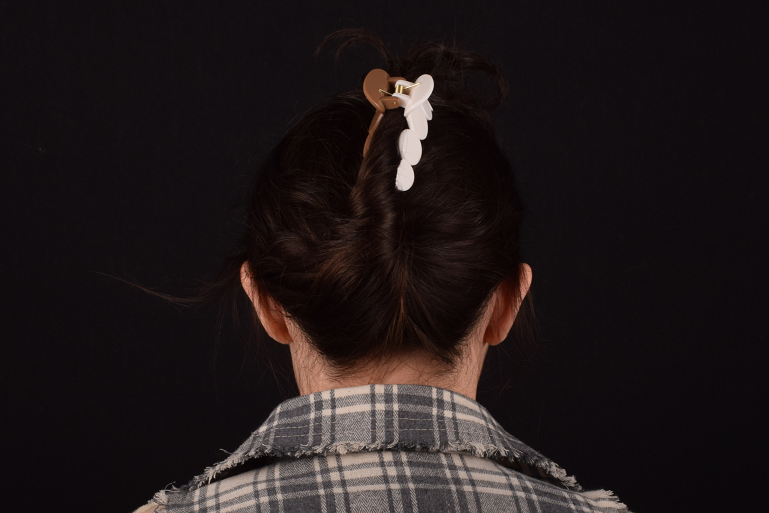
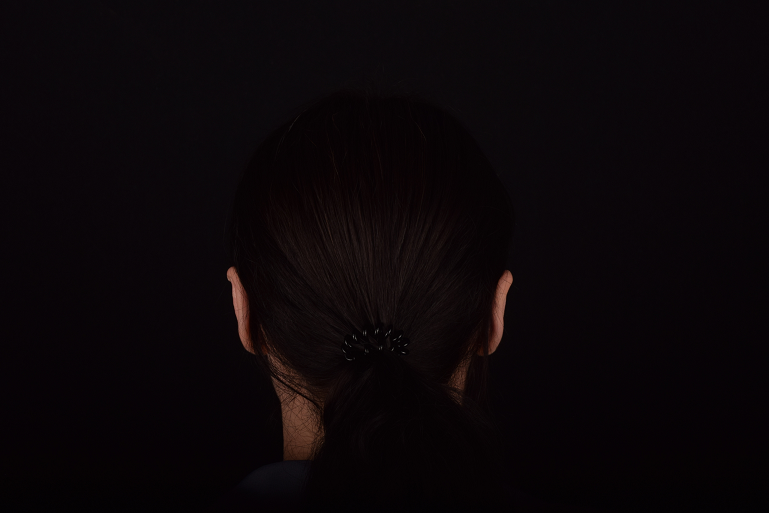



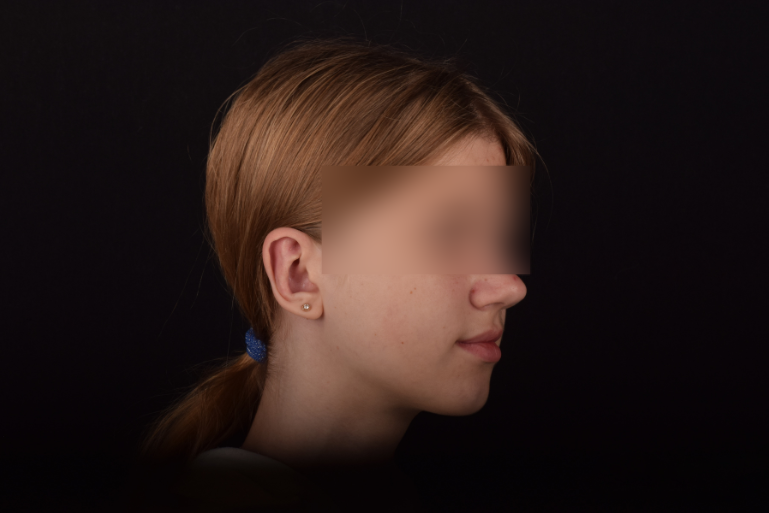
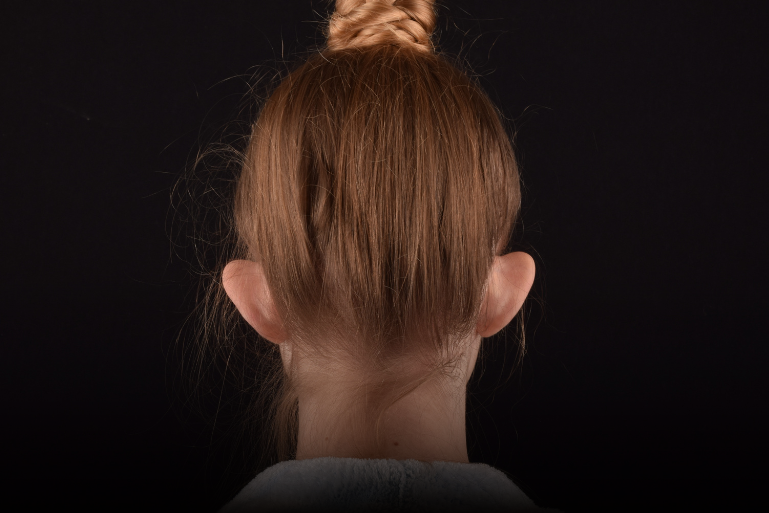
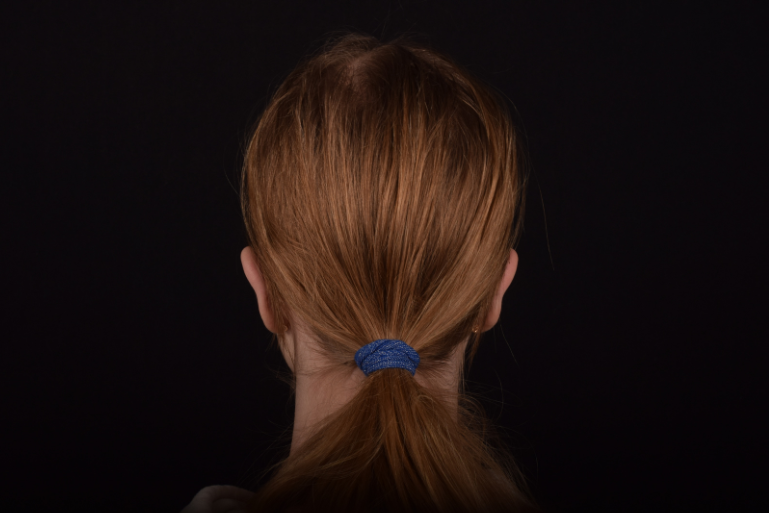
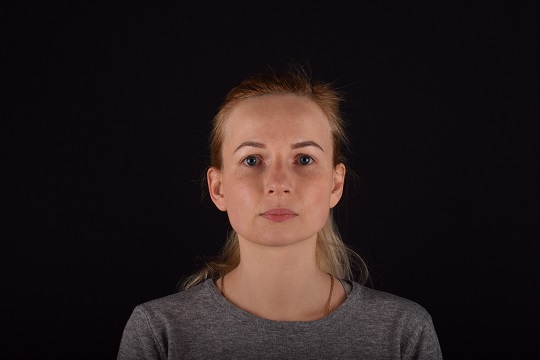
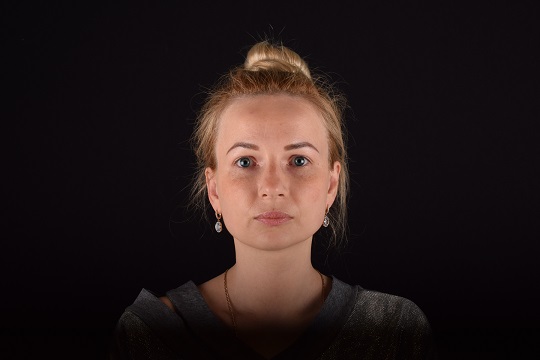
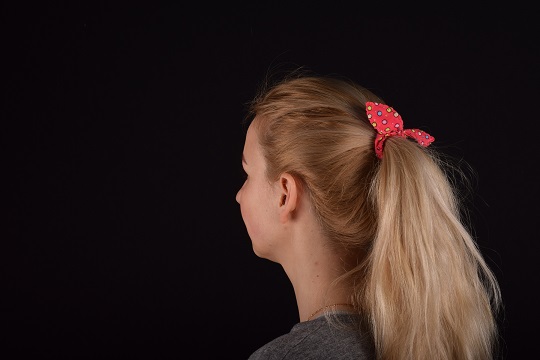
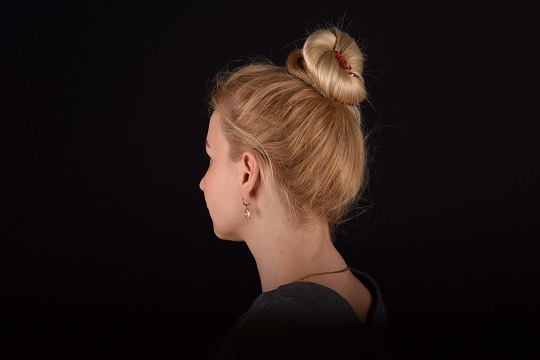
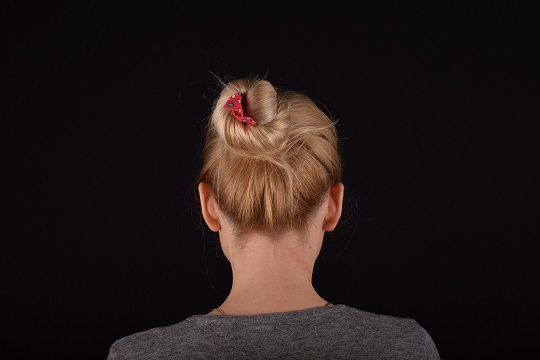
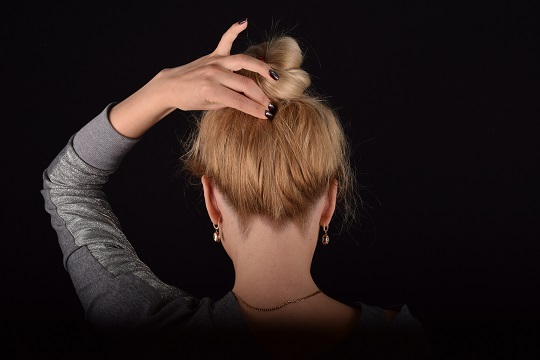

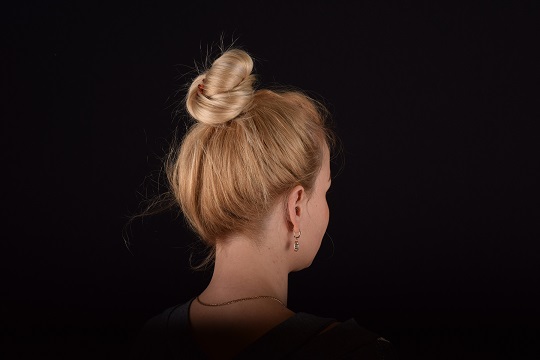




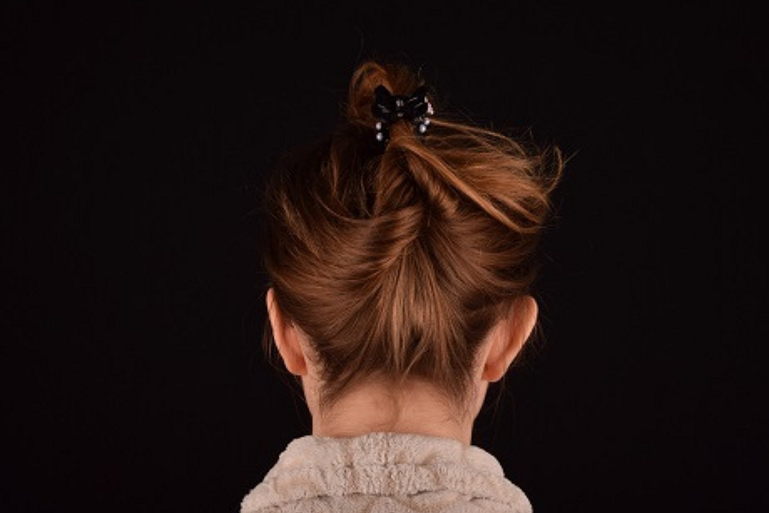
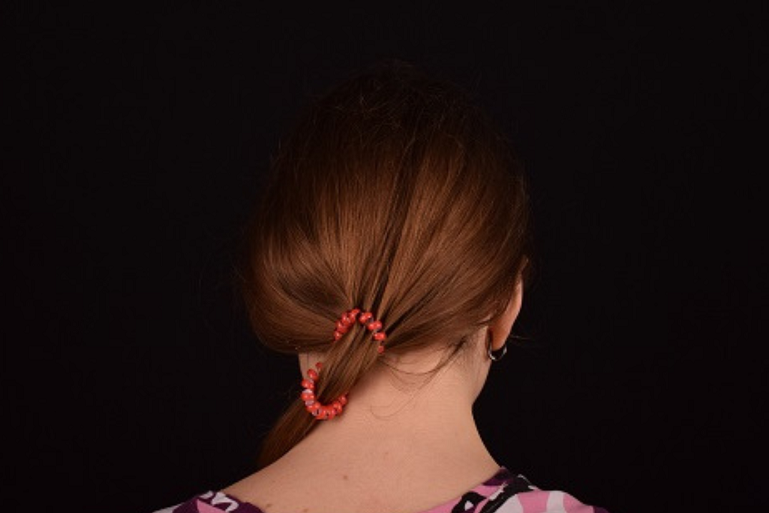



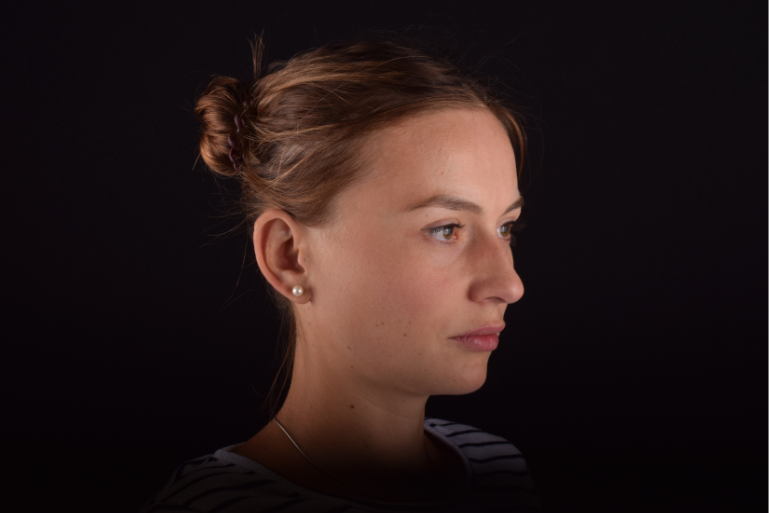
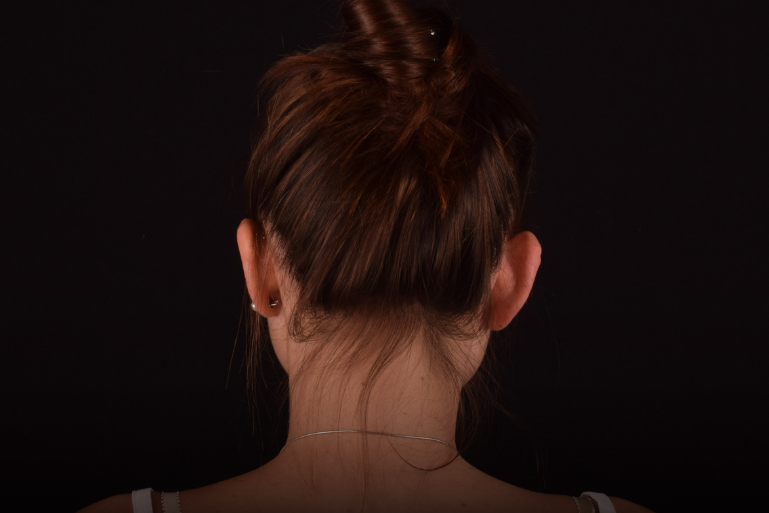


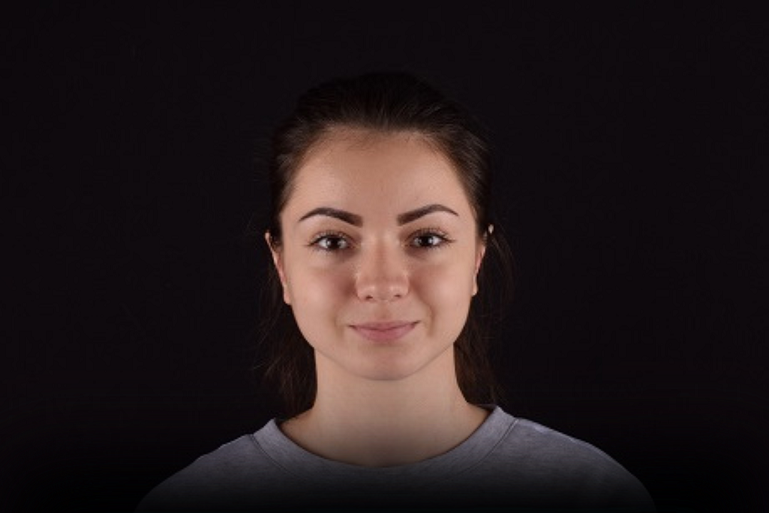
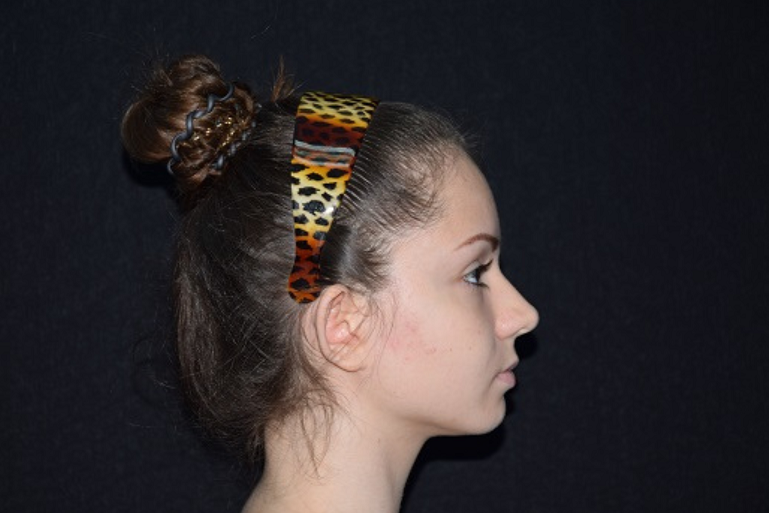
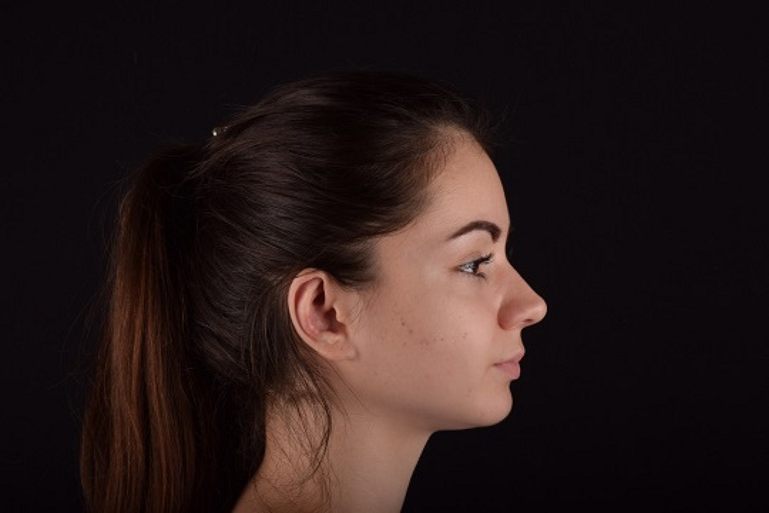
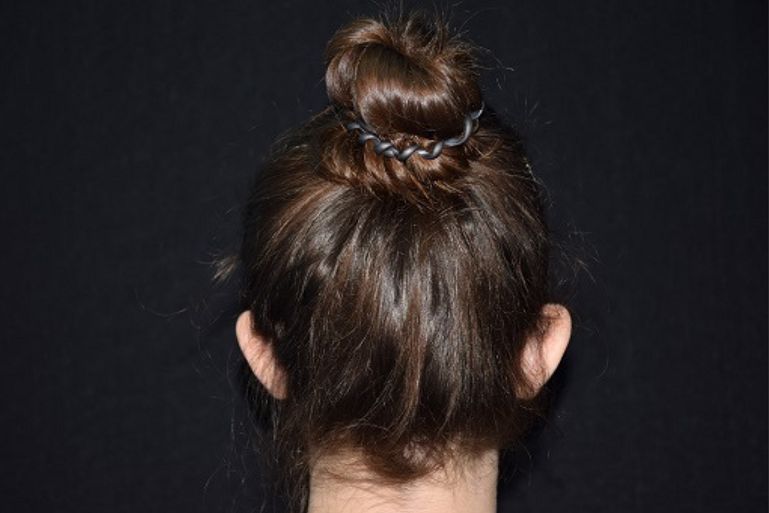
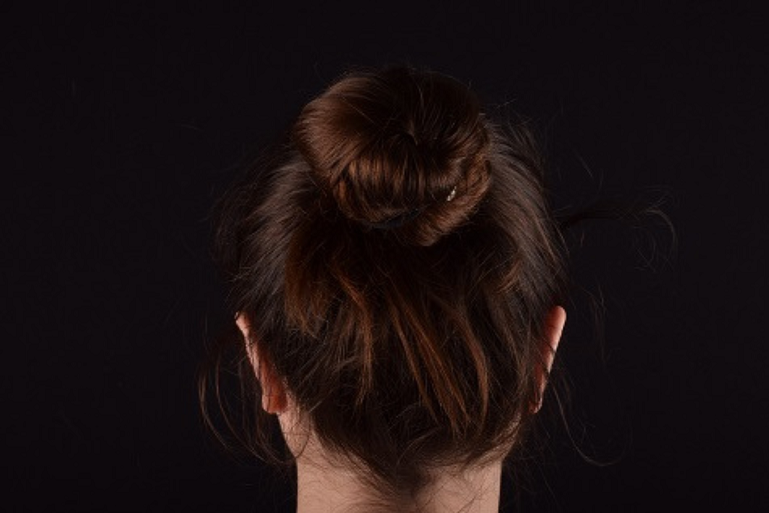
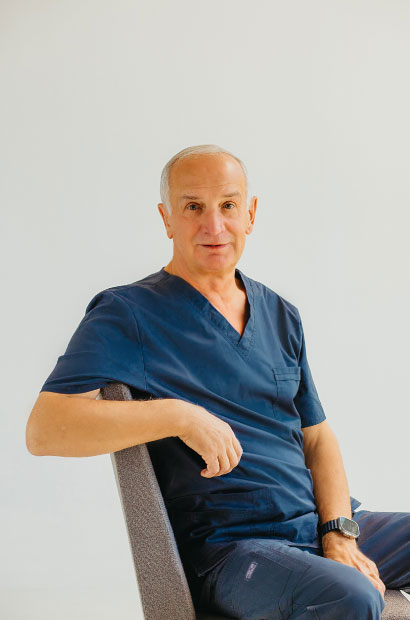
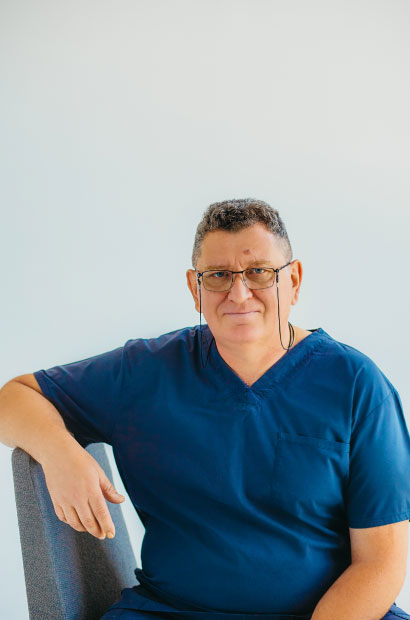
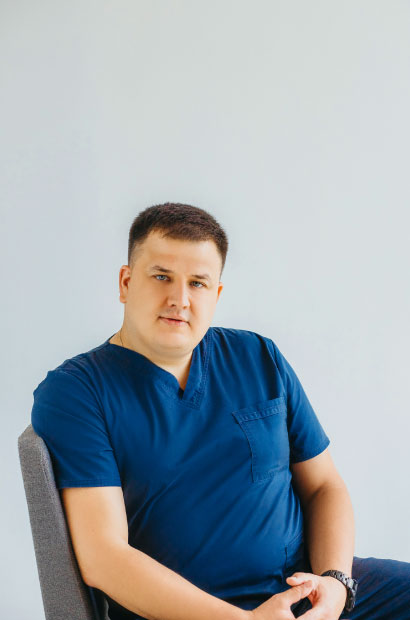
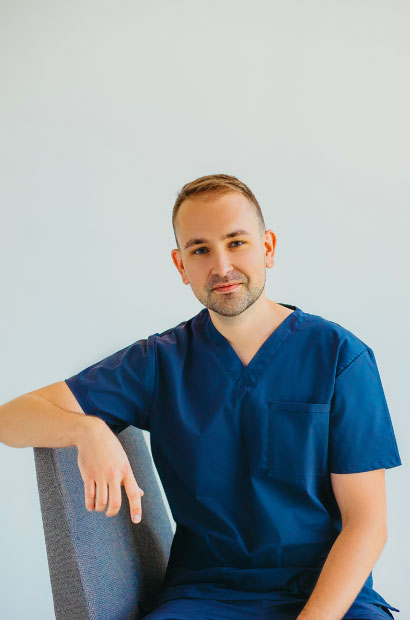
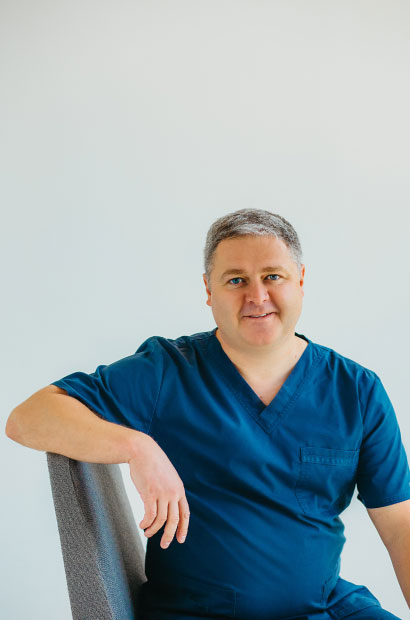




Add review